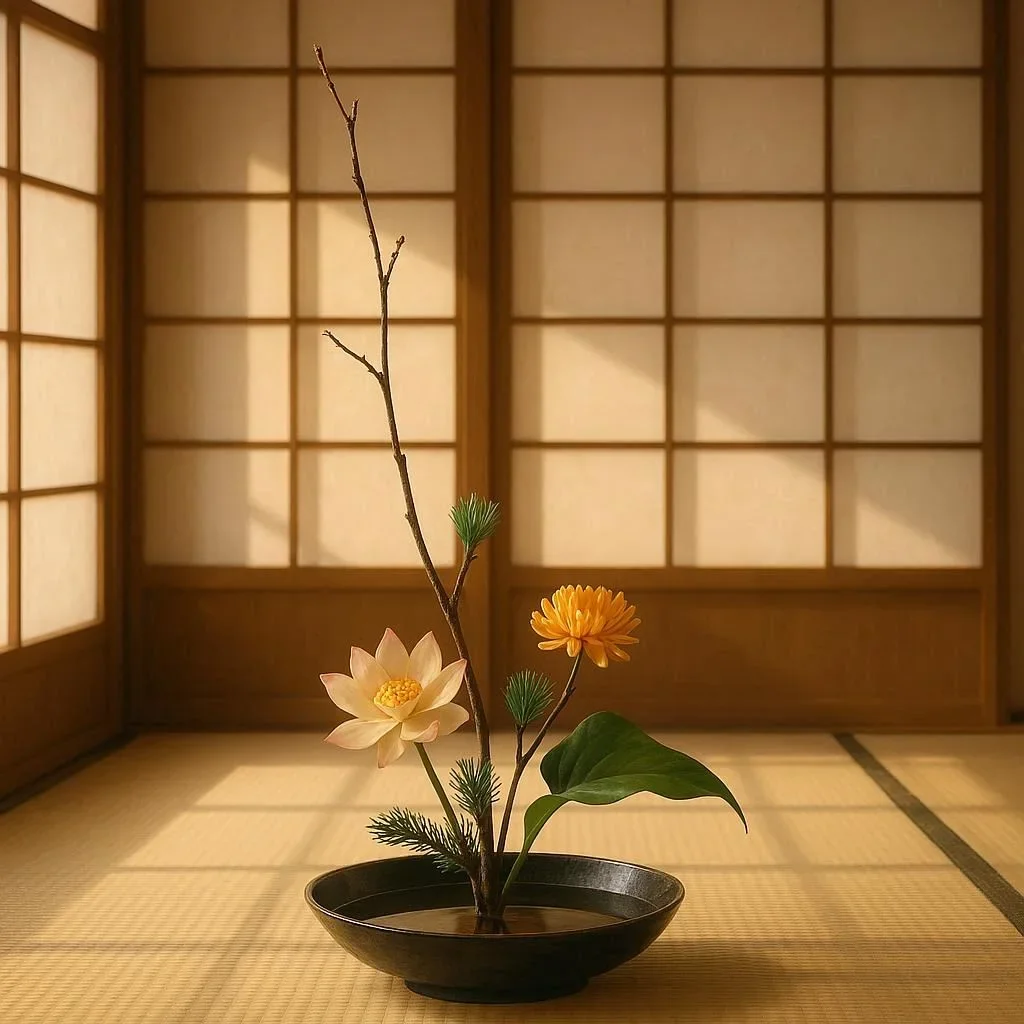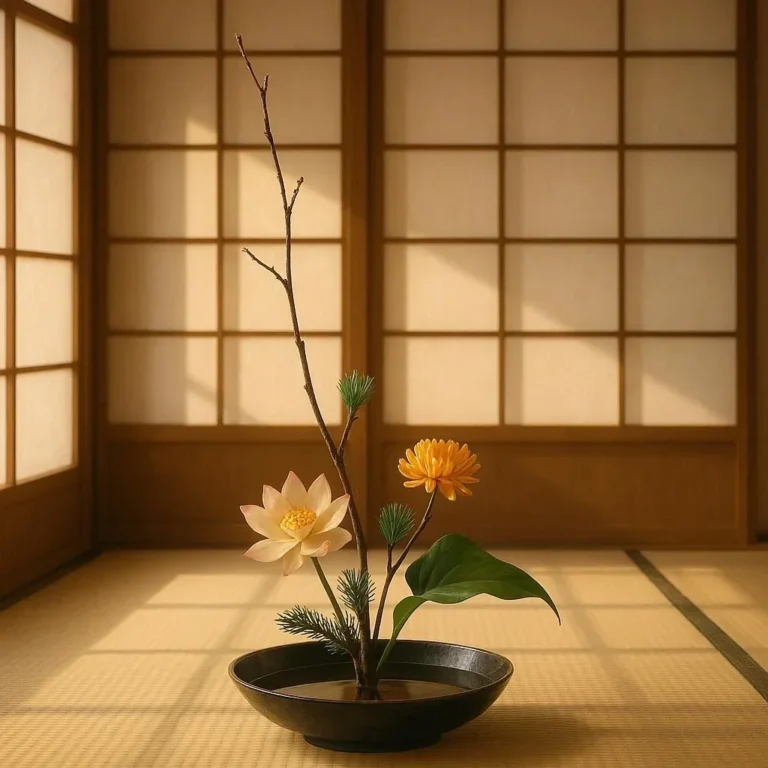501 views The Story Behind Japanese Tea Whisk and Tea Tools
Japanese tea culture is deeply rooted in tradition, and at the heart of this timeless practice lies an array of meticulously crafted tools. Among these, the Japanese tea whisk, known as Chasen, holds a special place as the primary instrument for preparing Matcha, the finely ground green tea powder central to the ceremony. But the story of the Chasen and other tea tools extends far beyond their functional role, delving into centuries of craftsmanship, cultural evolution, and spiritual significance. In this blog, we’ll uncover the fascinating history and importance of Japanese tea tools, particularly the Chasen, and explore how they continue to shape the art of tea preparation today.
The Origins of Japanese Tea Culture
The history of Japanese tea culture, known as Chanoyu, Sado or Ocha, dates back to the 12th century when Buddhist priests introduced Matcha from China. Over time, the practice evolved into a deeply spiritual ritual, incorporating not only the preparation of tea but also the appreciation of art, nature, and mindfulness. At the core of this ritual are the tools used to prepare and serve Matcha, eachwith its own unique history and purpose.
The Birth of the Chasen
The Japanese tea whisk, or Chasen, is believed to have been inspired by Chinese tea tools, but its design and craftsmanship have been refined over centuries to meet the specific needs of Matcha preparation. The first Chasen were crafted from bamboo during the Muromachi period (1336-1573), a time when Matcha began to gain prominence in Japanese culture. These early whisks were simple in design but already reflected the meticulous attention to detail that would become a hallmark of Japanese craftsmanship.
The Evolution of Japanese Tea Tools
As the Japanese tea ceremony evolved, so too did the tools associated with it. Each tool, from the tea scoop (Chashaku) to the tea caddy (Natsume), was designed with precision to ensure the perfect preparation of Matcha. The Chasen, however, remains the most iconic and essential of these tools. Made from a single piece of bamboo, the Chasen is crafted with over 100 tines, each carefully shaped to froth the Matcha powder into a smooth, creamy consistency.
The Art of Crafting the Chasen
The craftsmanship behind the Chasen is a testament to Japan’s expertise in bamboo artistry. Skilled artisans, known as Chasen-kōi, spend years mastering the art of creating these intricate tools. The process involves selecting high-quality bamboo, typically from the Nanakusake or Hōjōchiku varieties, and carefully carving it to achieve the desired shape and tine structure. A single Chasen can take several hours to complete, with each whisk requiring great precision to ensure even whisking.
The Spiritual Significance of Tea Tools
In the context of the Japanese tea ceremony, every tool carries profound spiritual meaning. The Chasen, in particular, is seen as a symbol of harmony and balance. Its design reflects the principles of Wa (harmony), Kei (respect), Sei (purity), and Jaku (tranquility), the four fundamental concepts underpinning the tea ceremony.
The Connection Between Tool and Tea Master
The relationship between the tea master and their tools is deeply personal and meditative. Each tool is treated with reverence, reflecting the tea master’s dedication to the art. The Chasen, being the most intimate tool in the preparation process, is often passed down through generations, carrying with it the legacy of the tea masters who have used it.
The Role of Tea Tools in Modern Times
While the traditional tea ceremony remains a treasured part of Japanese culture, the use of tea tools has expanded into modern practices. Today, Matcha is enjoyed not only in formal ceremonies but also in casual settings, with many enthusiasts around the world incorporating Chasen and other tea tools into their daily rituals.
The Global Appeal of Matcha and Its Tools
The rise in popularity of Matcha has led to a growing interest in traditional Japanese tea tools. Online marketplaces and specialty stores now offer a variety of Chasen, from traditional handcrafted bamboo whisks to modern iterations made from other materials. This global interest has not only preserved the art of Chasen-making but has also introduced the rich cultural heritage behind these tools to a new audience.
Tips for Selecting and Caring for Your Chasen
For those new to Matcha preparation, selecting and caring for a Chasen can seem daunting. Here are a few tips to help you get started:
- Choosing the Right Chasen: Opt for a traditional bamboo Chasen for the best results. Look for whisks with fine tines, as they will froth the Matcha more effectively.
- Preparation: Before first use, soak the Chasen in hot water to soften the tines and enhance flexibility.
- Cleaning: Rinse the Chasen thoroughly after each use and allow it to air dry to prevent mold.
- Storage: Store the Chasen in a cool, dry place to maintain its shape and quality.
Conclusion
The Japanese tea whisk and other tea tools are more than just instruments for preparing Matcha; they are windows into a centuries-old culture that values artistry, spirituality, and mindfulness. Whether you are a seasoned tea enthusiast or a newcomer to the world of Matcha, understanding the history and significance of these tools can deepen your appreciation for the tradition. So next time you whisk a bowl of Matcha, remember the craftsmanship, care, and cultural heritage that went into creating the Chasen in your hand.
Ready to explore the world of Matcha and Japanese tea tools? Start by investing in a quality Chasen and experience the true art of tea preparation. For more insights into Japanese tea culture, visit Wikipedia’s guide to the Japanese Tea Ceremony or explore MATCHA, a platform dedicated to Japanese culture.






